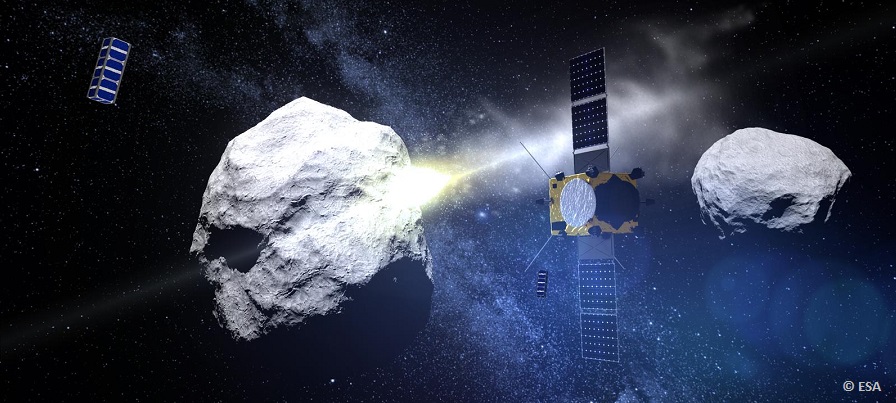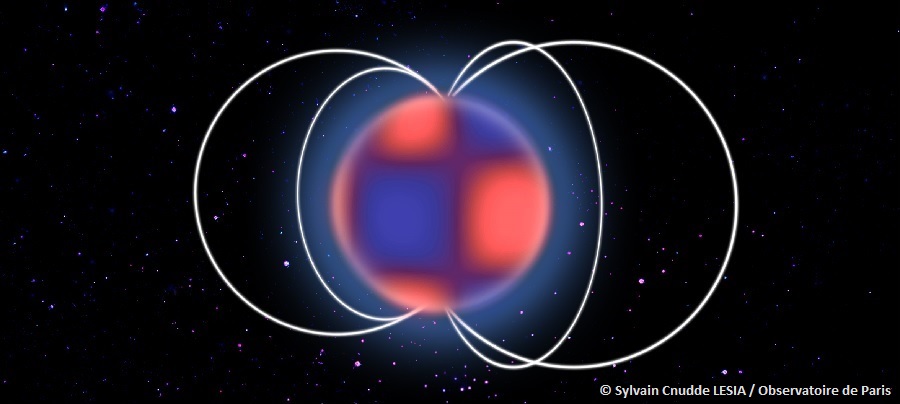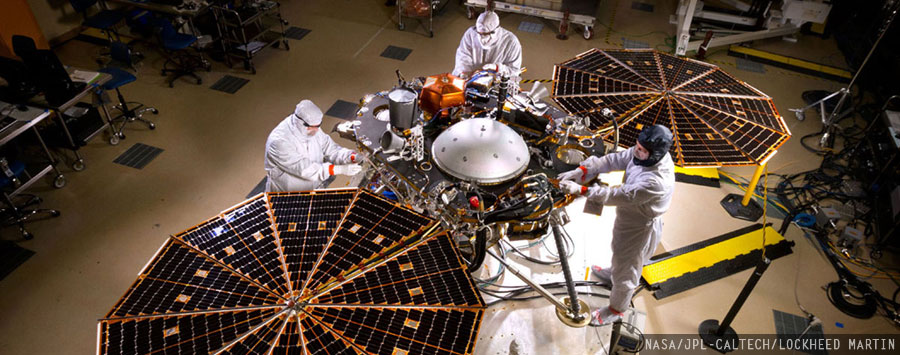The Belgian instrument LaRa (for Lander Radioscience) has been selected for the ExoMars Platform 2018
Introduction
The European Space Agency (ESA) in collaboration with the Russian Federal Space Agency (Roscosmos) has chosen the set of instruments to be put on the ExoMars platform to be launched in 2018. This platform is part of the ExoMars mission that will deliver in 2019 the ESA-built rover to the Martian surface. Among the chosen instruments is the Belgian transponder [...]




